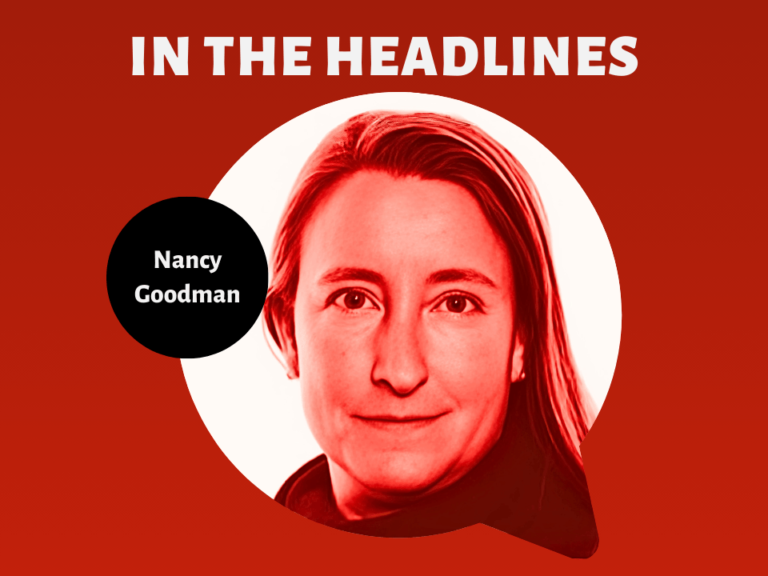Remembering the giants


Remembering Jimmie Holland, a Founder of Psycho-Oncology
By Memorial Sloan Kettering Cancer Center | May 20, 2021
Dr. Holland grew up in a tiny town in north Texas, the only child of a cotton farmer and his wife, neither of whom had finished high school. When she earned her medical degree from Baylor College of Medicine in the early 1950s, “cancer” was a word that most people wouldn’t say out loud. Many newspapers and magazines wouldn’t print it, and patients often were not even told of their diagnosis.
That began to change in the 1970s. Better treatments became available and people with once-fatal cancers starting living longer and even being cured. As the wife of James Holland—a leading oncologist and one of the pioneers of chemotherapy combinations—Dr. Holland had a front-row seat from which to witness the medical revolution that was taking place. While her husband and his colleagues focused on curing people of their cancer, Dr. Holland asked a question that none of them were able to answer: How do the patients feel about it?


Gerald E. Hanks, MD, FASTRO
By Fox Chase Cancer Center | May 20, 2021
[Gerald Hanks] was one of a handful of people who recognized that we could potentially cure more cancers if we could safely increase the dose, which seems intuitive and obvious now. This was a radical idea in the 1970s and 1980s. He assembled a group/team and developed 3D conformal radiation therapy (precursor to IMRT, SbRT, and everything we do with high dose precision radiation) when he arrived at Fox Chase. He procured the first CT scanner installed in a rad onc department and subsequently the first MRI simulator. Jerry recognized what tools were needed to implement his vision and he got them. He was first to introduce image guided radiation therapy techniques into the clinic, with the BAT ultrasound in 1998. He recruited the physicists, including Tim Schultheiss and Robert Price, who could develop these new techniques that he imagined including IMRT.


Remembering Alfred G. Knudson
By Fox Chase Cancer Center | May 18, 2021
Dr. Knudson was one of the true giants in oncology, a scientist who completely and fundamentally changed the way we think about the origins of cancer.
Among his many great contributions to the field was his two-hit theory of cancer causation, which explained the relationship between the hereditary and non-hereditary forms of cancer and predicted the existence of tumor-suppressor genes that can suppress cancer cell growth. The confirmed theory advanced the understanding of errors in the genetic programs that turn normal cells into cancer cells and earned Dr. Knudson international recognition.
Recent contributions
Research Milestone: Deciphering Cancer
By Lasker Foundation | May 20, 2021
Primary Source: A ‘Quality of Life’ Approach to Oncology Nursing, 1989
By Johns Hopkins Kimmel Cancer Center | May 20, 2021
Research Milestone: FDA Approves First CAR T Cell Therapy for Leukemia
By Memorial Sloan Kettering Cancer Center | May 19, 2021
Primary Source: Dr. George Santos on Bone Marrow Transplantation for Cancer Today, 1989
By Johns Hopkins Kimmel Cancer Center | May 19, 2021
This column features the latest posts to the Cancer History Project by our growing list of contributors.
The Cancer History Project is a free, web-based, collaborative resource intended to mark the 50th anniversary of the National Cancer Act and designed to continue in perpetuity. The objective is to assemble a robust collection of historical documents and make them freely available.
Access to the Cancer History Project is open to the public at CancerHistoryProject.com. You can also follow us on Twitter at @CancerHistProj.
Is your institution a contributor to the Cancer History Project? Eligible institutions include cancer centers, advocacy groups, professional societies, pharmaceutical companies, and key organizations in oncology.
To apply to become a contributor, please contact admin@cancerhistoryproject.com.











